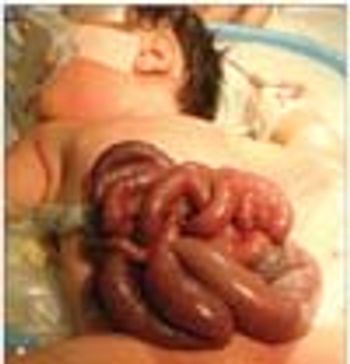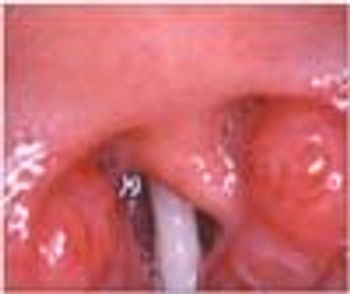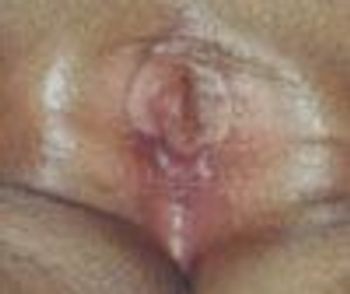
Adolescents who undergo bariatric surgery lose bone in the first 2 years after surgery, but their bone mineral density (BMD) does not fall below average for their gender and age, according to a report published in Pediatrics.

Adolescents who undergo bariatric surgery lose bone in the first 2 years after surgery, but their bone mineral density (BMD) does not fall below average for their gender and age, according to a report published in Pediatrics.

Eradicating asymptomatic Helicobacter pylori infection in children without iron deficiency does not change iron stores, according to the results of a double-blind randomized trial appearing in the March issue of the Journal of Pediatric Gastroenterology and Nutrition.

The US Food and Drug Administration has notified health care practitioners that severe, possibly fatal, health problems have been reported in babies who have received lopinavir/ritonavir oral solution.

To assess whether a combination of inhaled beclomethasone plus albuterol could be used as a rescue medication regimen to reduce the frequency of exacerbations, whether the patient also used daily beclomethasone, investigators conducted a trial.

The topic of sexuality is a sensitive one, leading to many parents shying away from its discussion until there's no avoiding the discussion at puberty.

Based on an increase in numbers of cases of diabetes and myocardial infarction in the pediatri population, expect to see more erectile dysfunction at unimaginable ages.

Bedside emergency ultrasonography has become a valuable tool for emergency physicians.

Daily treatment with magnesium oxide increases serum magesium levels in children with functional constipation but not to a critical extent.

The number of conditions detected by newborn screening has grown dramatically in recent years.

New evidence-based reference ranges for heart and respiratory rates in children show substantial disagreement with existing consensus-based international guidelines.

An otherwise healthy 15-year-old boy complains of an increasing number of bumps on his face over the last 3 years.

A 15-year-old girl has pain in her right flank.

Imiquimod 3.75% cream has been approved by the FDA for the topical treatment of external genital and perianal warts in patients aged 12 years and older.

The Institute of Medicine committee recently recommended 24 objectives for priority in the coming decade.

A new study examines the efficacy of a new hypotonic oral rehydration solution containing zinc plus the prebiotics fructooligosaccharides and xilooligosaccharides in treating children with acute diarrhea.

The FDA has approved rufinamide oral suspension 40 mg/mL as an adjunctive treatment for seizures associated with Lennox-Gastaut syndrome.

Low-cost focused cardiac screening that incorporates an electrocardiogram can be highly effective at diagnosing cardiac conditions in children.

Investigators developed two "decision trees" to stratify the risk of children being evaluated for intussusception.

Quality improvement is a concept that has benefited by being named.

A 15-year-old boy presents with pain in the medial aspect of his right elbow that began 4 to 6 weeks earlier and progressively worsened.

A 3-year-old girl was hospitalized because of purulent drainage from a right middle finger wound (Figure 1) and a tender right axillary mass (Figure 2) of 2 days’ duration.

This baby girl was born at 37 weeks' gestation via cesarean section, with the stomach, small bowel, proximal colon, and ovary outside the body

This picture shows an unusual linear white object positioned vertically at the center of the posterior pharynx of a 5-year-old girl’s throat.

The mother of this 11-month-old girl was concerned that her infant’s vagina was almost obscured by a membrane. This was noted incidentally a few days earlier.

As Consultant For Pediatricians nears its 100th issue, this seems like a good time to reiterate the promise we made to you 9 years ago when you first started to receive this journal.

The increased incidence of sports-related concussion reported nationwide has attracted much media and public attention. Most data about sports-related concussion involve professional, college, and high school level athletes



Dermclinic features clinical cases with images submitted by pediatricians. These cases are chosen for their teaching value. We invite you to submit your own cases and share them with colleagues.

Children who participate in interactive video or electronic exercise games (exergames) get a workout that is comparable to or better than walking on a treadmill, according to a small study conducted at GoKids Boston, a youth fitness research and training center.